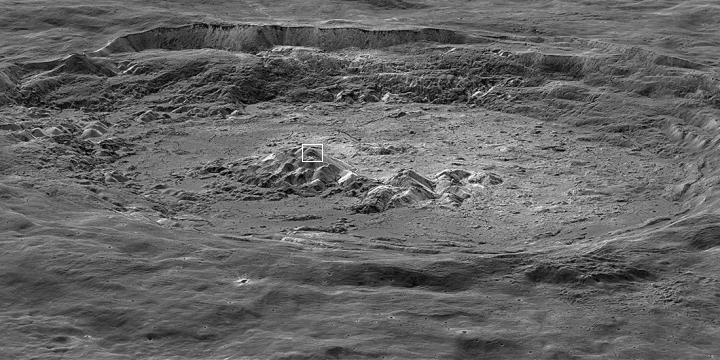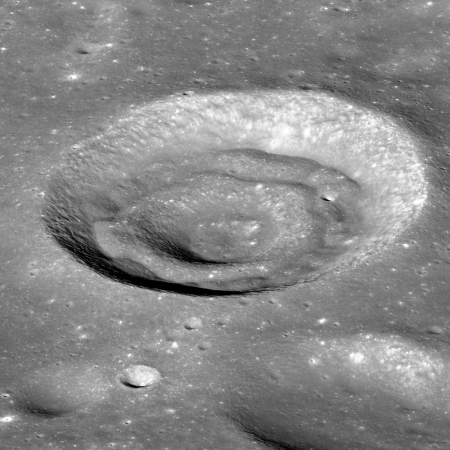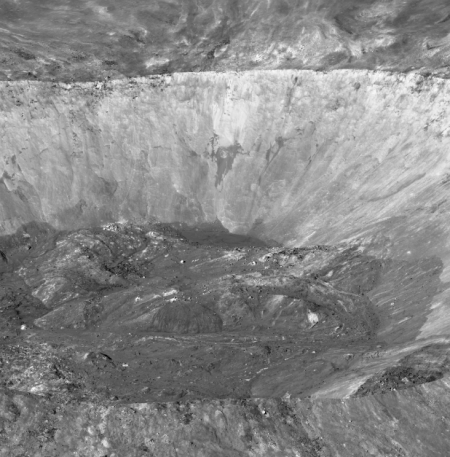LightSail-2 successfully deploys light sail
Capitalism in space: The LightSail-2 engineering team today successfully deployed its boxing ring-sized light sail from its cubesat.
All indications are that LightSail 2’s solar sail has deployed successfully. Flight controllers sent the deployment command at approximately 11:45 PDT (18:45 UTC). Telemetry showed the motor count increasing as expected, and the motor appeared to halt at the correct time. LightSail 2’s cameras also appeared to capture imagery as planned.
The mission team will now confirm successful deployment by downloading imagery during subsuquent ground station passes today.
Once checked out, they will begin tests to see how they can use sunlight to change the light sail’s orbit, literally sailing in space.
The wonders of freedom: This mission was privately paid for and built by the Planetary Society.
Capitalism in space: The LightSail-2 engineering team today successfully deployed its boxing ring-sized light sail from its cubesat.
All indications are that LightSail 2’s solar sail has deployed successfully. Flight controllers sent the deployment command at approximately 11:45 PDT (18:45 UTC). Telemetry showed the motor count increasing as expected, and the motor appeared to halt at the correct time. LightSail 2’s cameras also appeared to capture imagery as planned.
The mission team will now confirm successful deployment by downloading imagery during subsuquent ground station passes today.
Once checked out, they will begin tests to see how they can use sunlight to change the light sail’s orbit, literally sailing in space.
The wonders of freedom: This mission was privately paid for and built by the Planetary Society.







